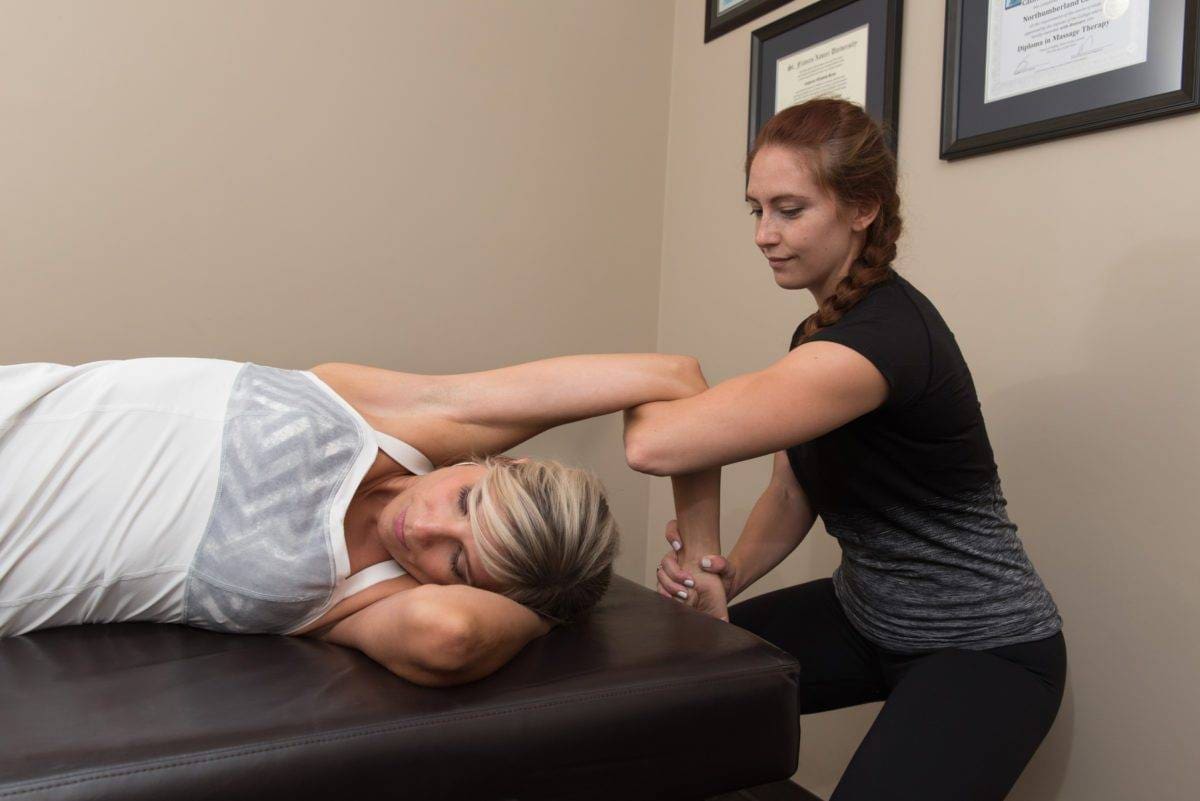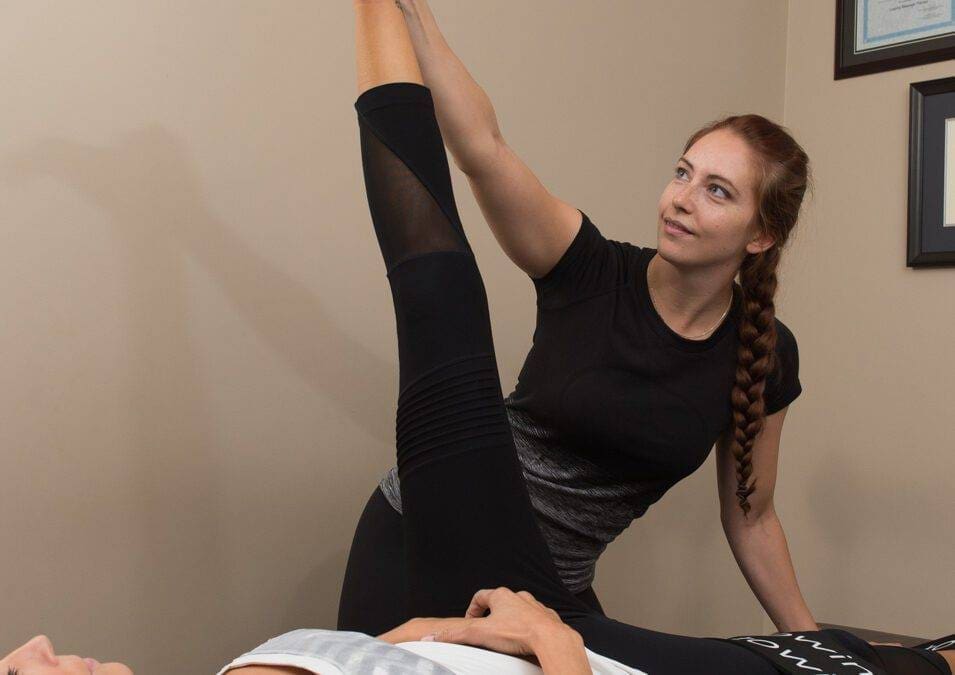By Catherine Grant, RMT
With Spring right around the corner and the temperatures (hopefully) starting to rise, many people will begin to come out of hibernation and start looking to spend more time being active outdoors. While striving for strength and cardiovascular gains is at the top of a lot of people’s lists, there is a third aspect of fitness that is often overlooked – flexibility.
Flexibility vs. Mobility
Flexibility is the ability of a muscle to lengthen. Having this ability is important, but it is not the only thing we should chase in pursuit of a balanced training program.
Mobility means being able to perform functional movement with no restrictions in the range of motion
Mobility is different from flexibility because it requires strength, coordination, and body awareness, not just the ability to stretch a muscle.

How to Improve Your Flexibility & Mobility
1. Static Stretching
This is the most common form of stretching and involves holding a mid- to end-range stretched position for a length of time – usually between 15-60 seconds. Examples of static stretching include touching your toes.
Static stretching is generally considered safe and can be somewhat helpful in improving flexibility, however, it is limited in that the stretch only targets the muscles and tendons that cross a joint.
2. Dynamic Stretching
Dynamic stretching also targets the muscles and tendons that cross a joint but instead of being held at mid-end range, it is performed through the full range of motion for the joint, thus helping to increase blood flow and joint flexibility. This type of stretching is often used as a warm-up and therefore the movements tend to mimic those of the exercises to follow, including leg and arm swings.
Dynamic stretching involves active movement, coordination, and body awareness but is still missing the component of strength required to increase mobility.

Achieve Even Greater Gains with Fascial Stretch Therapy
Fascial Stretch Therapy (FST) is a method of assisted stretching developed over decades by the Stretch to Win Institute. It targets the muscles and tendons that cross a joint PLUS the joint capsule, fascia, and nervous system.
Unlike static and dynamic stretching it is designed to be 100% pain-free – but just because it doesn’t hurt doesn’t mean you don’t feel anything. The reason I steer clear of the no pain-no gain approach when stretching clients is because when a person is in pain their nervous system goes into “fight or flight’ mode and the body’s reaction is to tense the muscles. When the muscles are engaged and unable to fully relax getting a true read on muscle tension or the restrictions in the fascia and joint capsule is challenging. As a Fascial Stretch Therapist I’m looking to create a “stretch awareness” and use the client’s breath to down-regulate the nervous system and keep them in a relaxed state so that their body doesn’t end up fighting the stretch and instead is able to embrace and benefit from it.
The final piece that separates FST from other stretching methods is the use of muscle contraction in a stretched position to create proprioceptive neuromuscular facilitation (PNF). By doing this the FST method is able to incorporate strength into the stretching regimen. This allows the brain to recognize that the increased range is safe and usable during physical activity and elevates the outcomes from just flexibility gains to long-term improvements in the stability and mobility of the joint.
Interested in seeing the benefits of Fascial Stretch Therapy? Call the clinic or book online today!

